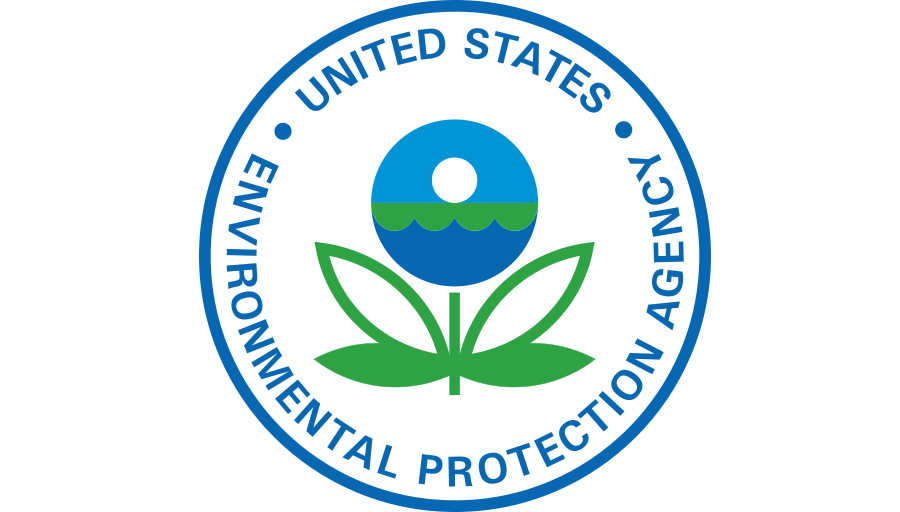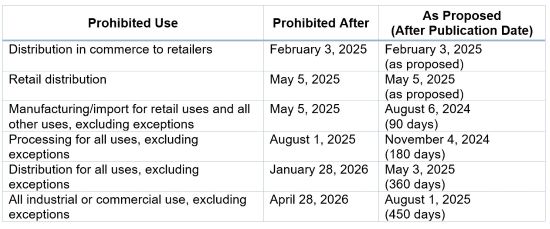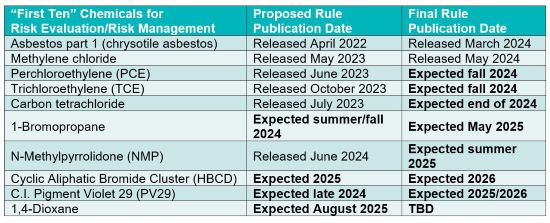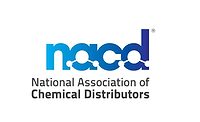EPA Finalizes Prohibitions and Regulatory Restrictions for Methylene Chloride

Photo courtesy of Environmental Protection Agency (EPA).
On May 8, the United States Environmental Protection Agency (EPA) published its final risk management rule for methylene chloride that prohibits the majority of known uses of methylene chloride. Methylene chloride has been widely used in a variety of paint and coatings removal products, and is also used in many industrial, commercial, and consumer applications. Methylene chloride is one of the ten chemicals that EPA has evaluated and determined to pose an unreasonable risk to human health for certain conditions of use. Methylene chloride was the first solvent on which EPA proposed to take action under the amended Toxic Substances Control Act (TSCA). This broad rulemaking supplements EPA’s existing prohibition of the manufacture, processing, and distribution of methylene chloride for use in consumer paint and coating removers, which was promulgated in 2019.
This rule was developed under Section 6 of TSCA which requires that EPA assess and address unreasonable risks from chemicals currently in commerce. When unreasonable risks are identified, TSCA requires that EPA take regulatory action to the extent feasible to ensure that the chemical substance no longer presents such risk.
In 2020, EPA determined that 52 of the 53 uses evaluated for methylene chloride, including industrial and commercial use in paints and coatings and paint and coating removers, contributed to unreasonable risk. As described here in our previous article about the proposed methylene chloride rule, in May of 2023, EPA proposed to prohibit the manufacture, processing, and distribution of methylene chloride for all consumer uses and also proposed to prohibit most industrial and commercial uses. EPA proposed that only ten uses would be allowed to continue so long as employers implement strict workplace controls as part of a workplace chemical protection program (WCPP). The WCPP included a strict existing chemical exposure limit (ECEL) of 2 ppm, which is significantly lower than the Occupational Safety and Health Authority (OSHA) permissible exposure limit (PEL) of 25 ppm.
EPA received nearly 40,000 public comments on the proposed rule and made significant changes to the final rule. While the final rule still relies on an ECEL of 2 ppm and prohibits the manufacture, processing, and distribution of methylene chloride for all consumer uses and most industrial and commercial uses, EPA has made some important revisions based on stakeholder comments. These changes, described below, demonstrate the importance of stakeholder engagement with EPA as the agency works to finalize other chemical-specific regulations under TSCA.
First, in response to comments that provided information on the time needed to transition away from methylene chloride to other replacement chemistries, EPA extended most implementation deadlines. A comparison of the proposed and final prohibition dates is provided below.

Notably, EPA is allowing the manufacturing, processing, distribution, and use of methylene chloride for paint and coating removal for refinishing of wooden furniture, decorative pieces, and architectural fixtures of artistic, cultural, or historic significance until 2029. EPA has provided this extension based on information provided by commenters who noted that there were limited alternatives available today, and these alternatives come with additional risks, including flammability concerns.
EPA will also allow, until May 8, 2029, the manufacture, import, processing, distribution, and use of methylene chloride for industrial or commercial use for adhesives and sealants in aircraft, space vehicles, and turbine applications for structural and safety-critical non-structural applications. And EPA finalized, as proposed, a critical use exemption, expiring in 2034, for the manufacture, import, distribution, and use of methylene chloride for certain industrial or commercial uses in an emergency by NASA or its contractors.
Second, in response to information provided from users of methylene chloride, including exposure levels, monitoring data, and additional details about how methylene chloride is used, EPA revised the rule to allow for additional uses to continue under a worker protection program. EPA originally proposed to prohibit these uses. These additional industrial and commercial uses include: use as a processing aid (e.g., as a heat transfer fluid and as a separator in lithium-ion battery production); use in rubber and plastic (e.g., polycarbonate) product manufacturing; use in paint and coating removal from safety-critical, corrosion-sensitive components of aircraft and spacecraft; use as a solvent that becomes part of a formulation or mixture when the solvent is reclaimed; and use as a bonding agent for solvent welding.
Third, EPA revised the rule to provide companies more time to meet the workplace protection requirements. Now, companies will have until May 5, 2025—one year, not 180 days—before initial monitoring is required, and compliance with the ECEL is not required until August 1, 2025. Establishment of exposure control plans will not be required until October 30, 2025. EPA is giving federal agencies until November 2026 until they must begin complying with the WCPP.
Finally, based on public comments, EPA established a 0.1% de minimis threshold, which means that products containing less than 0.1% methylene chloride by weight are exempted from all restrictions. Stakeholders argued that this threshold was necessary to ensure consistency with OSHA requirements and to prevent regulation of products where methylene chloride is only an impurity or unintentionally present.
As EPA continues to work on its robust agenda for evaluating existing chemicals, the methylene chloride rule provides a roadmap for the types of restrictions and programs the agency could follow when addressing identified risks of other chemicals. Additional risk management rules expected to be released in the coming months are listed below:

Looking for a reprint of this article?
From high-res PDFs to custom plaques, order your copy today!






